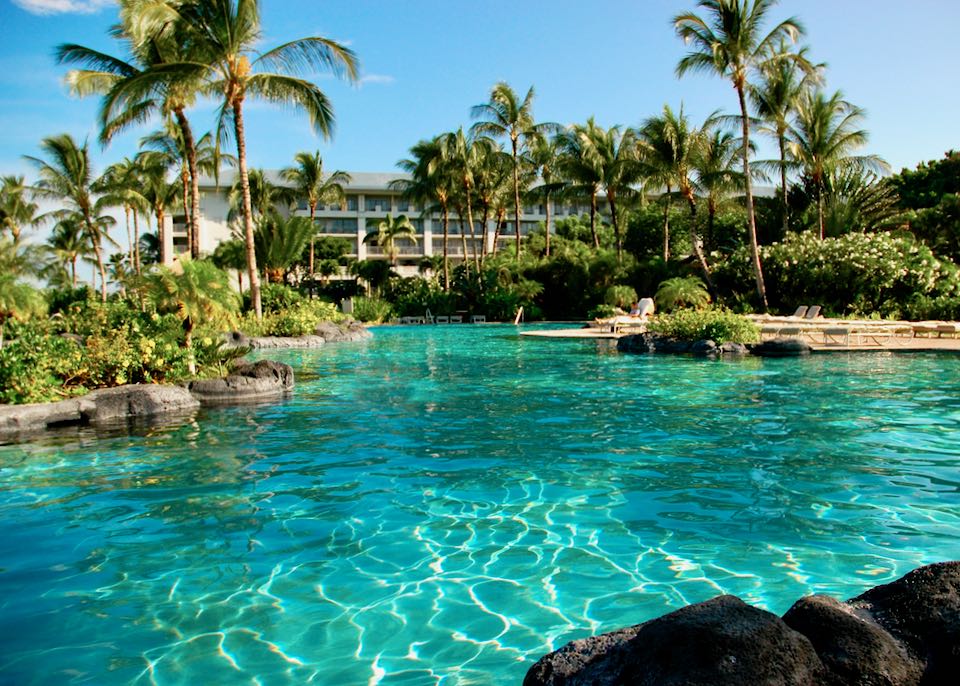
The huge swimming pool at the Fairmont Orchid. The resorts’ private beach is just steps from the pool.
The Best Areas to Stay on the Big Island
The Big Island, officially the Island of Hawaii, is the youngest and largest island in the Hawaiian archipelago. The Big Island is bigger than all of the other Hawaiian islands combined, and it grows even larger every day due to consistent volcanic activity. In fact, this island is unique among the Hawaiian islands for being the only one with active volcanoes: Mauna Loa (the largest volcano in the world) and Kilauea (the most active volcano in the world). Three more volcanoes, Mauna Kea (dormant), Hualalai (dormant), and Kohala (extinct), connect with the two active ones to comprise the Big Island. Unsurprisingly, this much volcanic activity imparts a wholly different feel to the Big Island versus its neighboring islands. The landscape on much of the island’s interior is rugged with huge swathes of black lava rock spreading out under a layer of vog (volcanic fog). There are eight distinct micro-climates spread throughout the Big Island, including deserts, rainforests, and even polar tundra climate zones on the Mauna Kea and Mauna Loa summits. There are fewer beaches on the Big Island compared to other Hawaiian islands, though the beaches here are still incredible with white, salt-and-pepper, black, and even green sand beaches studding a coastline that’s broken up with rocky cliffs, some with streams of lava flowing down into the ocean.
Outrigger canoes on Kamakahonu Beach (AKA King Kam Beach) in Kailua-Kona on the Big Island of Hawaii. In the background is Kamakahonu National Historic Landmark, a reconstruction of King Kamehameha the Great’s early 19th-century home.
Most of the island’s white sand and salt-and-pepper sand beaches are on the west coast in Kona and Kohala, where visitors will find the clearest water in all of Hawaii and sunny, warm, dry weather year-round. With gorgeous beaches and daily sunshine, the Kona and Kohala regions are home to the vast majority of the island’s resorts. From the west coast, it only takes about 90 minutes to drive east into the tropical rainforest district of Hilo, home to the largest city on the island, also named Hilo. Though Hilo is the most populated, the east coast gets less than half of the tourism of the west coast, which allows the city to keep its local vibe and small-town feel. South of the Hilo region is the lush Puna district, the papaya-growing capital of Hawaii and home to the town of Volcano. These four regions are the best areas for most travelers to stay on the Big Island, though there are two other areas that may appeal to travelers who prefer to venture off the beaten path. Hamakua is the stretch between Kohala and Hilo, home to Mauna Kea volcano, the Hamakua Heritage Corridor coastal drive, and the charming village of Honoka’a. Ka’u is the southernmost part of the Big Island, home to the active volcanoes Kilauea and Mauna Loa, Hawaii Volcanoes National Park, the stunning Papakolea Green Sand Beach (one of only four green sand beaches in the world), Punalu’u Black Sand Beach, and coffee farms. Though both Hamakua and Ka’u are wonderful places to visit, there are no hotels, few holiday rentals, and only a handful of places to eat or pick up groceries; most people visit these places on day trips and stay overnight elsewhere.
The Best Places to Stay on the Big Island
The Four Seasons Hualalai in Kailua-Kona is the best luxury resort on the Big Island.
- Best Luxury Hotels on the Big Island
Four Seasons Resort Hualalai • Hilton Waikoloa Village • Fairmont Orchid- Best Family Hotels on the Big Island
Hilton Waikoloa Village • Four Seasons Resort Hualalai • Aston Kona by the Sea- Best Boutique Hotels on the Big Island
Holualoa Inn- Best Cheap Hotels on the Big Island
Marriott’s Waikoloa Ocean Club • Hilo Seaside Hotel • Kona Bayview InnBest Areas on the Big Island for…
Most of the Big Island’s white sand beaches are in the Kona and Kohala districts with the bulk of the island’s resorts concentrated at the north end of Kona and the south end of Kohala. Hapuna Beach, seen here, is in South Kohala just a few kilometers from Waikoloa Village.
- Best Beaches in on the Big Island: Kona, Kohala, Hilo, Puna, Ka’u
Kona and Kohala on the west side of the island are home to the island’s best white sand beaches, with Kohala boasting the longest stretches of uninterrupted sand. The east side of the island is home to several wonderful black sand beaches, especially in Hilo (great for snorkeling) and Puna (visit the island’s newest beach at Pohoiki, formed after the 2018 Kilauea eruption). Ka’u also boasts gorgeous black sand beaches, while intrepid hikers can find the rare green sand beach, Papakolea, one of only four in the world.- Best Places for Families on the Big Island: Kona, Kohala, and Hilo
Families will find the best combination of great beaches, kid-friendly hotels, and fun activities in Kona, Kohala, and Hilo. Kona offers historic sights, white sand beaches, casual hotels and dining, and a fun small-town vibe. Kohala offers more upscale resorts with family activities onsite, plus the island’s best beaches. Hilo has stunning black sand beaches and lagoons, nature parks and gardens, and easy access to volcano excursions.- Most Romantic Places on the Big Island: Kohala, Kona, and Hilo
Kohala is a favorite among couples for its expansive, white sand beaches, high-end dining under the stars with toes in the sand, and luxurious resorts that specialize in creating romantic getaways. Kona offers similar sandy beaches, beachfront dining, a small but lively cocktail scene, with a more relaxed vibe. Hilo offers a less-touristy vibe with dramatic black sand beaches, scenic rainforest trails to waterfalls, plus accessibility to thrilling lava hikes and the scenic drive along the Hamakua Heritage Corridor.Eruption of the Kilauea Crater in Hawaii Volcanoes National Park in the Ka’u district of the Big Island. It’s best to visit Kilauea in the early morning or early evening to see the lava glow.
- Best Places for Sightseeing on the Big Island: Kona, Kohala, Hilo, Puna, Hamakua, and Ka’u
The Big Island has no shortage of cultural, historic sights and natural wonders scattered throughout the island. Some of the most important cultural sights can be found in Kona, like the historic Hulihee Palace, King Kamahameha I’s home, and and Puuhonua o Honaunau place of refuge. Though Kohala is mostly beach resorts, traveling inland to Waimea allows travelers to see the traditional paniolo (Hawaiian cowboy) culture. Hilo is the largest city on the island, home to great museums, botanical gardens, and rainforest hiking trails. Puna showcases the ever-changing volcanic landscape of the island, from Lava Trees State Park and the newly formed black beach; its main town, Pahoa, has the highest concentration of historic buildings on the island. Hamakua boasts a dramatic stretch of coastline with towering cliffs and the island’s tallest waterfalls. Ka’u is home to two active volcanoes where travelers can see the lava flows up close, plus green and black sand beaches.- Safest Areas on the Big Island
Overall, the Big Island is a safe place to visit and is the safest of the four largest Hawaiian Islands with the lowest average rates of property crime and violent crime over the past decade. Smaller towns like Volcano in Puna, Honoka’a in Hamakua, and Pahala in Ka’u and resort areas like Waikiloa in Kohala tend to be safer from crime than the downtown areas of Kailua-Kona, Hilo, or Pahoa in Puna. However, some of the more remote, crime-free areas are in lava zones, though there is usually plenty of warning before an eruption.- Unsafe Areas on the Big Island
In general, the Big Island is a very safe place to visit with a low crime rate. Most crimes that do occur on the Big Island are property crimes, like theft, rather than violent crimes. As with any city, be aware of your surroundings and belongings, especially at night, when visiting the downtown cores of Hilo, Kailua-Kona, or Pahoa.Most of the beaches on the Big Island are rocky, black, volcanic beaches. Pohoiki Beach, seen here, is a new beach formed in the aftermath of Kilauea’s recent eruption. The Big Island is always growing.
The Best Places on the Big Island for Tourists
1. Kona
The Kona district takes up about two-thirds of the Big Island’s western coastline, from just south of Waikoloa Village (where Kohala begins) to Manuka Bay (where Ka’u begins). Kona is filled with a plethora of rich experiences. Tour coffee farms and taste the famous Kona coffee in Holualoa in the Kona Mountains. Visit historic sights like Puuhonua o Honaunau (a sacred place of refuge where lawbreakers could find asylum and receive absolution) and Kealakekua Bay (where Captain Cook first stepped foot onto the island – also where he was killed). The most populated parts of Kona sit on the leeward (dry, protected from winds) side of the island, the waters off the Kona coast are calm and the clearest in all of the Hawaiian islands, ideal for swimming, snorkeling in various coves, and for snorkel encounters with green sea turtles and gentle giant manta rays (don’t worry – they have no stingers). Some of the best beaches on the Kona Coast include Magic Sands (pictured above), Kahalu’u Beach (great for snorkeling), Kamakohonu Beach, Two Step, and Kua Bay. The main town here is Kailua-Kona, also known as Kailua Village but usually called Kona or Kona Town. Here you’ll find historic landmarks including Hulihee Palace (from 1838, a vacation home of Hawaiian monarchs), Mokuaikaua Church (from 1837, the oldest Christian church in all of Hawaii), and Kamakahonu National Historic Landmark (from 1812, reconstructed in the 1970s) which includes Ahuʻena Heiau (a traditional temple) and the home where King Kamehameha I spent his final years. The main street, Ali’i Drive, is lined with a variety of restaurants, bars, shops, the Kona Farmers’ Market (open Wednesdays through Sundays from 7:00 a.m. to 4:00 p.m.), and the Kailua Pier (popular for sunsets).
- Best Hotels: Four Seasons Resort Hualalai • Holualoa Inn • Aston Kona by the Sea • Courtyard by Marriott King Kamehameha’s Kona Beach Hotel
2. Hilo
The Hilo region sits on the northeastern, windward side of the island and is known for its rainforest preserves, waterfalls, and orchids. Though it sits right in the middle of some of the island’s most spectacular natural wonders, it sees far less tourism than the leeward coastal regions of Kona and Kohala. Hilo is the perfect home base for day trips to the lava flows of Kilauea, the observatories on snowy Mauna Kea, and the scenic cliffside drive along the Hamakua Coast. In the Hilo region itself, there are several stunning hiking trails, most notably in ‘Akaka Falls State Park with its namesake 135-meter waterfall and Kaumana Caves, a lava tube formed after Mauna Loa’s 1881 eruption with a mini-rainforest growing into its skylight entrance and a few kilometers underground open for exploration. Travelers will also find the Hawaii Tropical Bioreserve & Garden with over 1800 species of tropical plants and Botanical World Adventures with ziplines, bike tours, and more. The region’s (and the island’s) largest city, also called Hilo, is home to more stunning nature parks, especially Wailuku River and Rainbow Falls State Parks, both of which follow along the same river leading to Boiling Pots (a series of waterfall-fed pools that appear to boil over when full) and Rainbow Falls (a 25-meter waterfall an easy 30-minute walk from downtown). Hilo boasts a charming, small-town vibe despite being the largest city on the island. Its downtown core is home to the phenomenal Hilo Farmers’ Market, open seven days a week from 7 or 8:00 a.m. until 3:00 p.m. and offering locally grown tropical fruits, macadamia nuts, sushi and poke made with fresh-caught ahi tuna, orchids and flowers, and much more. East of downtown, there’s the 100-year-old Liliuokalani Gardens, the largest Japanese garden in the U.S. Accessible from Liliuokalani Gardens by a footbridge is Coconut Island (AKA Moku Ola), a tiny islet with two, white sand beaches, tide pools, and a stone tower for jumping into the ocean; Coconut Island is incredibly popular with families. Most beaches in Hilo are made of black, volcanic sand; some of the best beaches here include Carlsmith Beach Park (a series of lagoons ideal for swimming, snorkeling, and finding sea turtles), Richardson Beach (great for snorkeling with tropical fish). Hotels here tend to be moderate, rather than the sprawling resorts of the west side. Dining and nightlife is casual and caters more to local tastes.
- Best Hotels: Grand Naniloa Hotel • The Inn at Kulaniapia Falls
3. Kohala
North of Kona is Kohala, known for having the best white sand beaches on the Big Island and the most high-end resorts. The Kohala Coast, on the western, leeward (dry) side of the island, is even drier and sunnier than the Kona Coast, with part of it being a true desert. The Kohala volcanic mountains divide this district in half with lush cloud forests at its summit and rainforests on the eastern, windward (wet) side. Amazingly, the desert and the rainforest are only 18 km apart. King Kamehameha the Great was born at the far north end of Kohala, near the small town of Hawi in the difficult-to-access Kohala Historical Sites State Monument. Inland near the town of Waimea is paniolo (Hawaiian cowboy) country, home to Parker Ranch, one of the oldest and largest cattle ranches in the U.S. Waimea is a popular spot for hiking, horseback riding, and has three farmers’ markets operating on Wednesdays and Saturdays. Most hotels, dining, shopping, and golf courses are located on the south end of the Kohala Coast near Waikoloa Village, a master-planned resort area with golf courses, hotels, fine dining, and shopping. Some of the best beaches in the state are here, including Hapuna Beach (the island’s largest white sand beach), Kauna’oa Beach (AKA Mauna Kea Beach, gentle waves and good snorkeling), and Spencer Beach Park (kid-friendly, sandy bay beach near the temple ruins at Pu’ukohola Heiau National Historic Site).
- Best Hotels: Fairmont Orchid • Hilton Waikoloa Village
4. Puna
The Puna district lies between Hilo and Ka’u at the easternmost point of the Big Island. It also lies within the rift zones of the island’s two active volcanoes, Kilauea and Mauna Loa, and as such features an exceptionally fertile yet constantly changing landscape. Evidence of volcanic activity is everywhere from Lava Tree State Park (where a 1700s eruption created lava molds of the tree trunks here) to Pohoiki (AKA Isaac Hale Beach, where the 2018 eruption created a brand new black sand beach and lagoon). Several towns have come and gone here, yet in spite of the risks, Puna remains nearly as populous as Hilo. Farmland here supports varied tropical crops, including papayas (almost all papayas grown in the state are from Puna), macadamia nuts, bananas, and colorful flowers – many of which are on offer at the massive Maku’u Farmers’ Market, open Sundays from 7:00 a.m. to 12:00 p.m. and featuring over 150 vendors. The main towns of Puna are quirky Pahoa with its Wild West vibe and artsy Volcano near the entrance of Volcanoes National Park (though the park itself is in neighboring Ka’u). Accommodations here are rustic and intimate; there are no large hotels or resorts in Puna.
- Best Hotels: Kilauea Lodge and Restaurant • Volcano Eco Retreat by Heart Core Hotels • Ma’ukele Lodge
5. Hamakua
Hamakua is the wild, rugged district between Kohala and Hilo on the windward side of the island. Unlike the rest of the island, there are no sandy beaches here; instead, sheer wind-carved cliffs plunge straight down the ocean below. The region’s interior is dominated by Mauna Kea, a dormant volcano blanketed in green. Beginning at Waimanu Valley in the north and stretching down around the small town of Laupāhoehoe, Hamakua’s unforgettable sights include Wai‘ilikahi Falls (the island’s second tallest at 329 meters), Waipio Valley (8 km deep, surrounded by 600-meter cliffs – the childhood home of King Kamehameha the Great), and Hi’ilawe Falls (the tallest on the island at over 440 meters) all found just off the Hamakua Heritage Corridor scenic drive. The main town here is Honoka’a, a sugarcane plantation heritage town with a quaint downtown core. There are few accommodations in Hamakua, mostly cozy inns and vacation houses to rent.
- Best Hotel: Mahana House Country Inn
6. Ka’u
Ka’u is the southernmost district of the Big Island with Ka Lae (South Point) being the southernmost point of any U.S. state. Photogenic Ka Lae, believed to be the original landing site of the first Polynesian settlers in Hawaii, is an excellent spot to catch a sunrise or sunset. At nearly 2400 square kilometers, the Ka’u region is larger than the island of Maui. This is the least populated region on the island and includes the summits of both active volcanoes, Kilauea and Mauna Loa, in Volcanoes National Park – by far the most visited place in the region. For over 100 years, Ka’u was a major sugarcane growing region, though, since the ’90s, coffee has emerged as the area’s top crop (tastings and tours are available at Ka’u Coffee Mill). This region offers an incredibly diverse landscape with thick rainforest, smoking lava fields, and one of only four green sand beaches in the world, Papakolea, accessible by an hour-long hike from the closest parking area. Easier to access is Punalu’u Black Sand Beach, a stunning basalt beach known for good snorkeling and as a habitat for many endangered species, including green and hawksbill sea turtles, Hawaiian monk seals, and Hawaiian hawks. Other points of interest in Ka’u include the Wood Valley Buddhist Temple, where the Dalai Lama has taught and stayed, and the Kula Kai Caverns, a thousand-year-old underground lava tube system. The small town of Pahala and the even smaller Na’alehu are the main towns here, with a handful of wonderful restaurants, bakeries, and farmers’ markets.
- Best Hotels: Sea Mountain • Pele’s Eye • Wood Valley Temple & Retreat
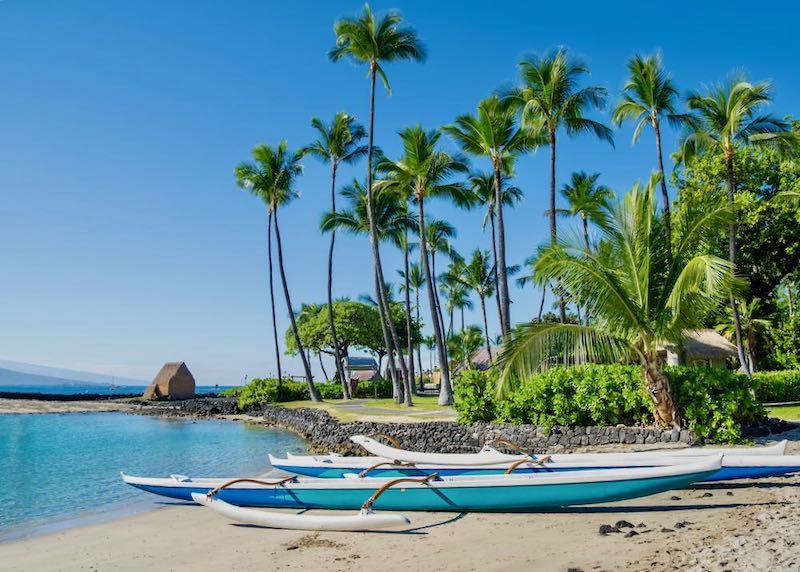
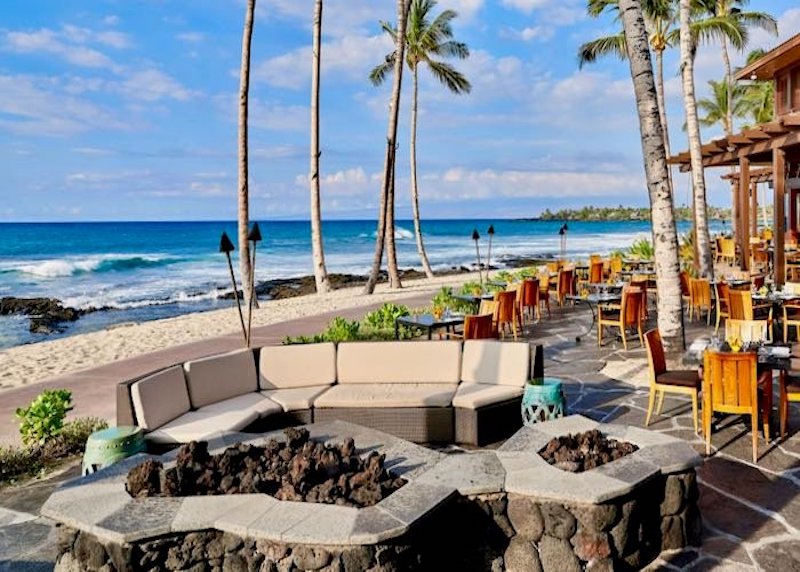
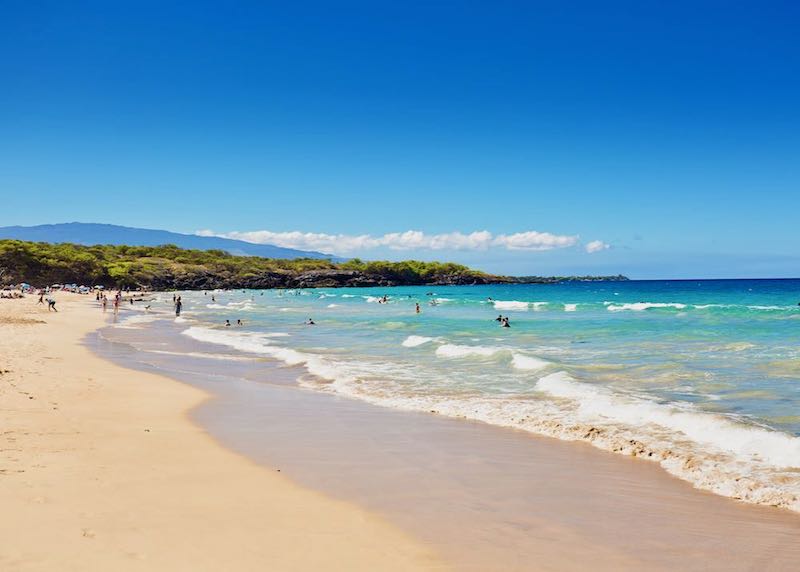
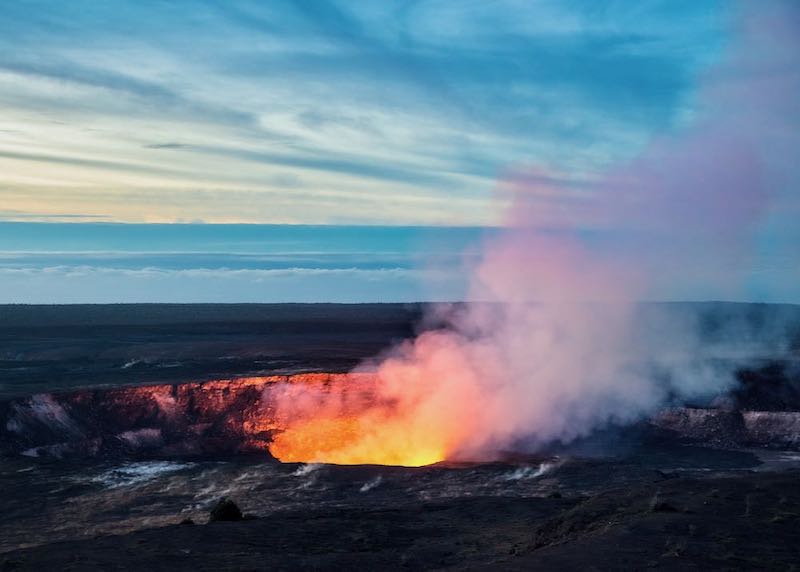
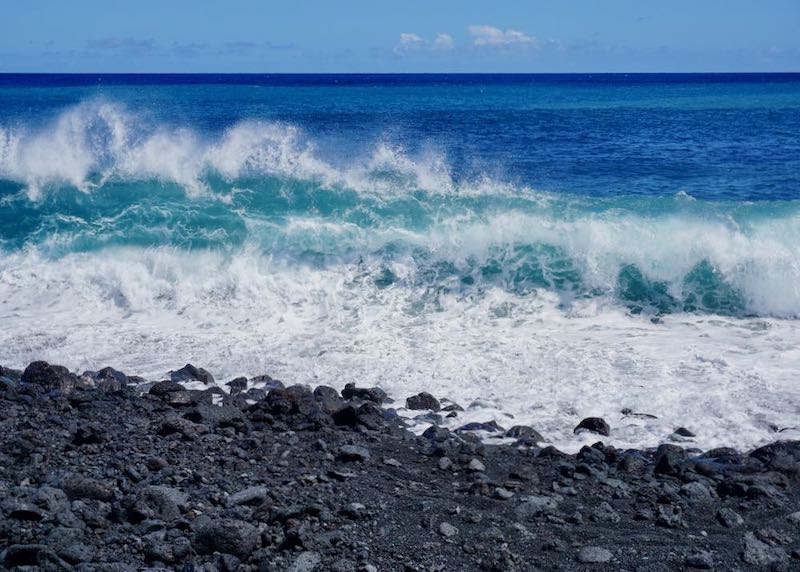
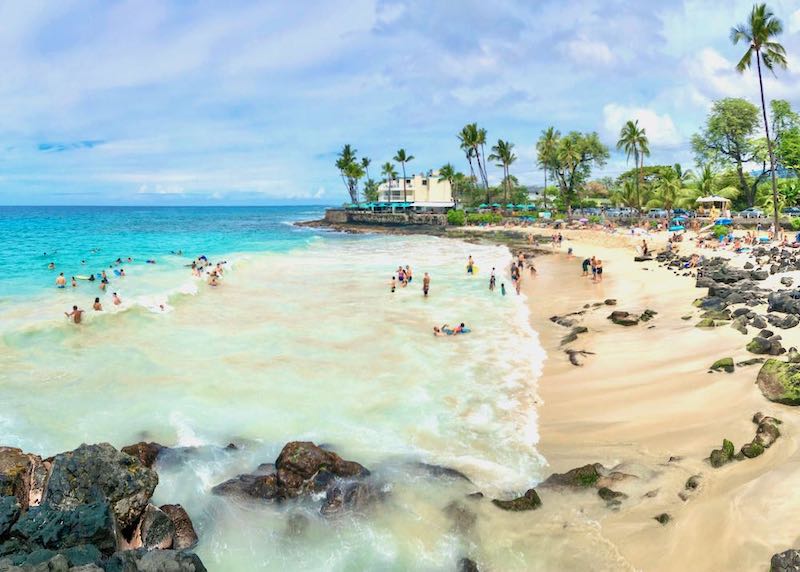
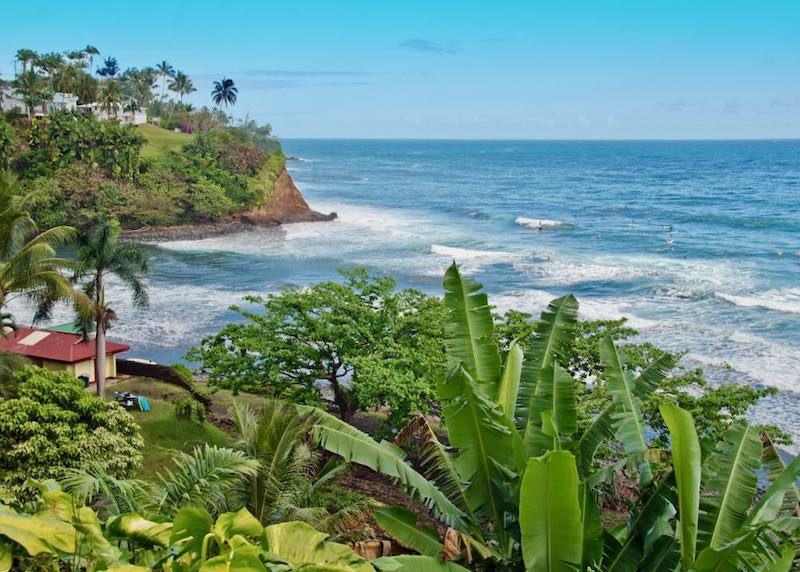
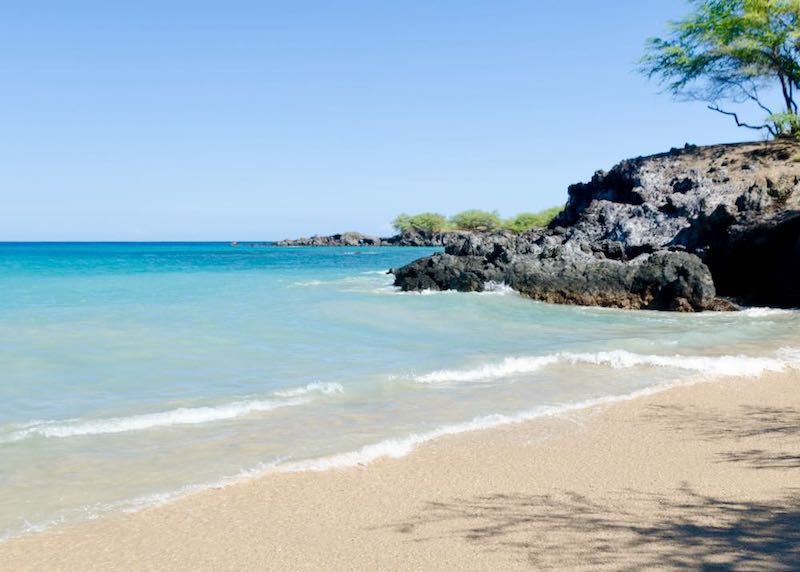
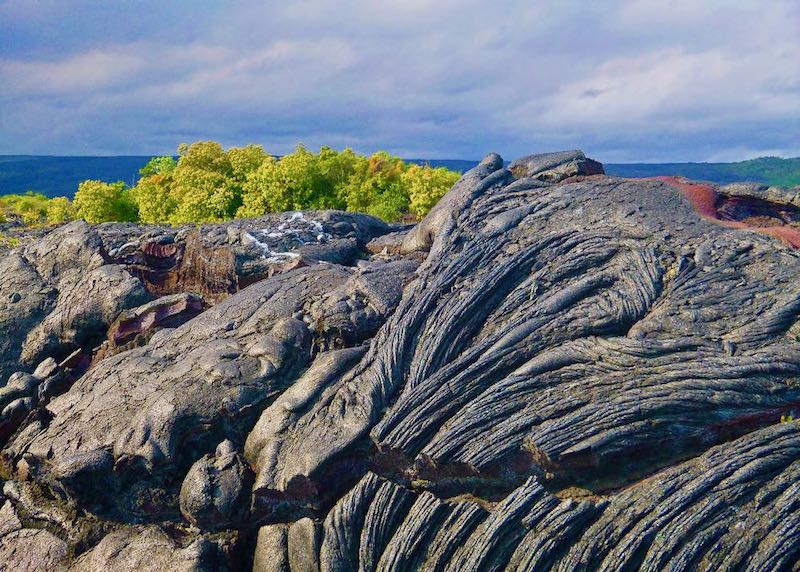
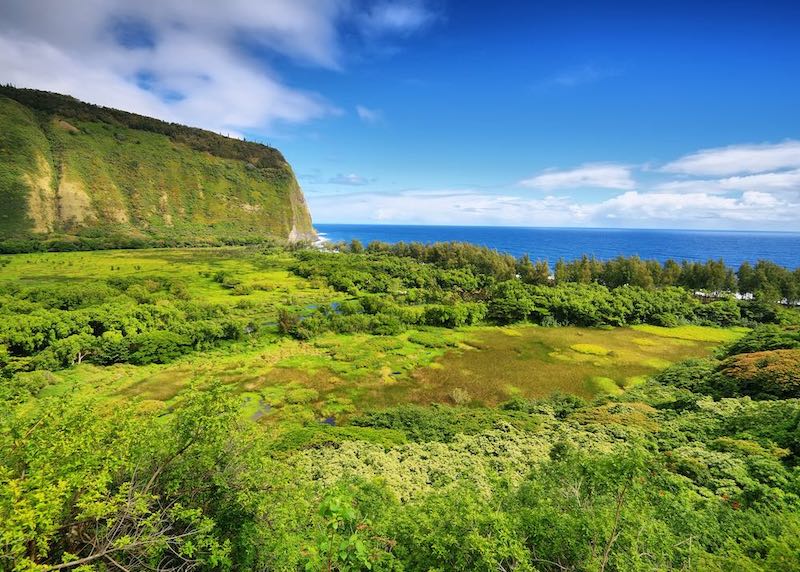

About Santorini Dave